
Wayanad

Wayanad

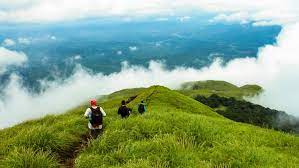
The hills, rocks and valleys which contribute to the very unique character
of Wayanad provide a lot for adventure tourism.
Trekking to the Chembra peak is a risky mountaineering endeavour.
Location: Chembra
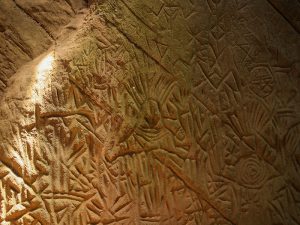
This location of breathtaking beauty is three kilometres from Ambalavayal which
is 25 kilometres from Kalpetta.
The Edakkal cave in the Ambukuthy mountain, is not a cave in the real sense.
Location: Nenmeni
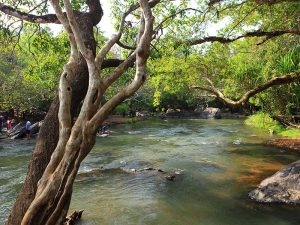
The Kuruva island, 950 acres of ever green forest on the tributaries of east flowing river Kabani, is an ideal picnic spot,
far away from the disturbances of city life. The island is uninhabited.
Location: kuruva
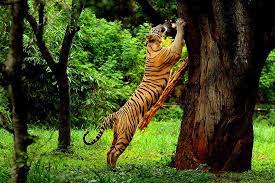
Muthanga, Which is 16 kms. east of Sulthan Bathery, is located very near to the Karnadaka border. Wild forests covering an area of 345 sq.kms form the Muthanga wild life sanctuary; the biggest abode of wild animals in Malabar.
Locationwayanad
It is a natural fresh water lake brimmed with ever green mountains. The weather here is salacious,
the scenic beauty is hypnotising and the nature is unspoiled.
Location:
Kunnathidavaka
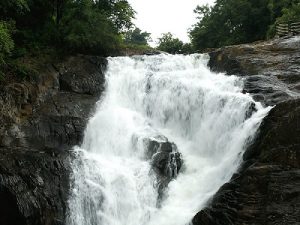
Relatively smaller than Sentinal Rock Waterfall and rather less frequented,
Kanthanpara and its surroundings are nonetheless very pleasant.
Location:
mepadi
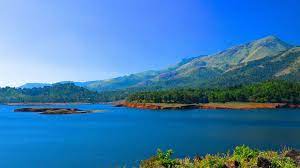
This is the largest earth dam in India. The topography here is such that many
islands will be formed in the upstream of the dam when the dam is full. These islands with the background
of the Banasura hill will provide a hypnotising sight to tourists.
Location:
Padinjarathara
Soochipara Falls also known as Sentinel Rock Waterfalls is a three-tiered waterfall in Vellarimala,
Wayanad, India.
Location:
vellarimala
Comprising an area of 2,132 sq. kilometres, Wayanad has a powerful history. Historians are of the view that organised human life existed in these parts, at least ten centuries before Christ. Countless evidences about New Stone Age civilisation can be seen on the hills of Wayanad. The two caves of Ampukuthimala located between Sulthan Bathery and Ambalavayal, with pictures on their walls and pictorial writings, speak volumes of the bygone era and civilisation. Recorded history of this district is available from the 18th century. In ancient times, this land was ruled by the Rajas of the Veda tribe. In later days, Wayanad came under the rule of the Pazhassi Rajahs of Kottayam royal dynasty. When Hyder Ali becames the ruler of Mysore, he invaded Wayanad and brought it under his sway. In the days of Tipu, Wayanad was restored to the Kottayam royal dynasty. But Tipu handed over the entire Malabar region to the British, after the Sreerangapattanam truce, he made with them. This was followed by fierce and internecine encounters between the British and Kerala Varma Pazhassi Rajah of Kottayam. When the Rajah was driven to the wilderness of Wayanad, he organised the war-like Kurichiya tribals into a sort of people’s militia and engaged the British in several guerrilla type encounters. In the end, the British could get only the dead body of the Rajah, who killed himself somewhere in the interior of the forest. Thus, Wayanad fell into the hands of the British and with it came a new turn in the Home of this area. The British authorities opened up the plateau for cultivation of tea and other cash crops. Roads were laid across the dangerous slopes of Wayanad, from Kozhikode and Thalassery. These roads were extended to the cities of Mysore and Ooty through Gudalur. Through the roads poured in settlers from all parts of Kerala and the virgin forest lands proved a veritable goldmine with incredible yields of cash crops. When the State of Kerala came into being in November 1956, Wayanad was part of Kannur district. Later, south Wayanad was added to Kozhikode district. In order to fulfil the aspirations of the people of Wayanad for development, north Wayanad and South Wayanad were carved out and joined together to form the present district of Wayanad. This district came into being on November 1, 1980 as the 12 district of Kerala.Called the ‘Evergreen city of India’, Thiruvananthapuram is the capital of the state of Kerala. The city comprises beautiful beaches, long stretches of palm fringed shorelines, windy backwaters and historical structures. Along with its natural and historical significance, the city is also popular for its ancient temples that are renowned for their architecture making Thiruvananthapuram one of the most visited pilgrim centers of India.
Nestled amidst mountains and forests, the ancient riverside temple of Thirunelli is a fine specimen of classical Kerala Temple Architecture. The temple is dedicated by Brahma to Vishnu in the form of Chaturbhuja. Often referred to as Dakshina Kasi (the Kasi of South), this temple draws pilgrims from all over, primarily for ancestral rites. A short walk from Thirunely temple is the clear mountain spring known as Papanasini. A ritual dip here is believed to wash away all the sins. The two main festivals here are in April and August/September. The temple is 64 Kms. away from Kalpetta, 71 Kms. away from Sulthan Bathery and 29 Kms. away from Mananthavady.